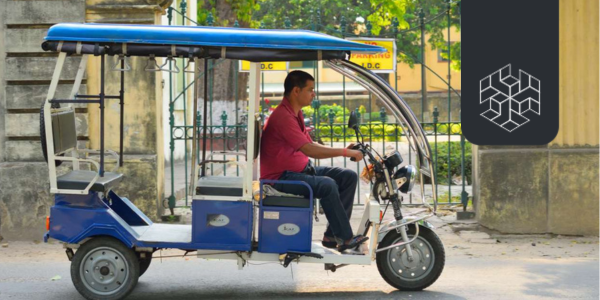Authored by : Jenny Susan John and Neymat Chadha
Edited by : Kausumi Saha
ABSTRACT
The ongoing COVID-19 pandemic has exposed the underlying conditions surrounding India’s healthcare system today. With a population of over 1.33 billion people, India spends 3.66% of its total GDP on healthcare, out of which the total government expenditure is only 1.28%. In light of this unprecedented health crisis, this paper seeks to highlight the issues gripping healthcare in the country. Focusing on inequitable access and lack of affordability to basic healthcare services, it further highlights the pressing need to recognise Right to Health as a fundamental right.
INTRODUCTION
On 11th March 2020, the World Health Organisation (WHO) declared the outbreak of the Novel Coronavirus (COVID-19) a global pandemic. As of 22nd April 2020, there were 26,38,477 cases worldwide, with over 1,84,248 reported deaths. In India, the first case of the pandemic was reported on 30th January 2020, with a total of 21,450 confirmed cases and 681 deaths till 22nd April 2020, with numbers expected to rise sharply in the following weeks. According to the WHO Executive Director Michael Ryan, India being the world’s second-most populous country means that its capacity to deal with COVID-19 will shape the course taken to fight the pandemic globally (ANI 2020).
Data from China, USA, and other countries suggest that adults above 60 years of age, along with people suffering from cardiovascular disease, diabetes, and tuberculosis (TB) and other respiratory disorders are most susceptible to being affected by COVID-19 (McKay 2020; Unnamed Author, The Conversation 2020). In India, however, cases have been high across all age groups, indicating a general trend of poor health conditions (Rai 2020).
Poor public health is evident in India even without the threats presented by the recent pandemic. According to the World Bank, India has one of the world’s highest populations of children suffering from malnutrition – a double of the total cases of malnutrition among children in Sub-Saharan Africa (Save the Children India 2016). Currently, India ranks 102 out of 117 qualifying nations on the Global Hunger Index, below North Korea and Sudan (Global Hunger Index Report 2019). Malnutrition is directly related to impaired immune systems, making malnutritioned children all the more vulnerable to diseases. Furthermore, the contribution of air pollution to disease burden remains high in India, with levels of exposure among the highest in the world. Air pollution causes disease burden through a mix of non-communicable and infectious diseases, mainly cardiovascular diseases, chronic respiratory diseases, and lower respiratory infections (ICMR et al. 2017). With 199 TB patients per 100,00 persons and housing 2.8 million of the total 10.2 million cases of TB worldwide, India also leads the count among TB burden countries (WHO n.d.). India constitutes 26% of the world’s Disability Adjusted Life Years (DALYs) due to air pollution (Global Burden of Disease Study 2017). Consequently, over 8% of the total disease burden and 11% of the total premature deaths of people below 70 years of age is due to complications from polluted air (Balakrishnan et al. 2017). The issue of air pollution therefore has long-term negative consequences on health. For instance, studies have found that prolonged exposure to PM 2.5, a major contributor to air pollution, can increase the risk of death due to the coronavirus by almost twenty times (Matta 2020).



